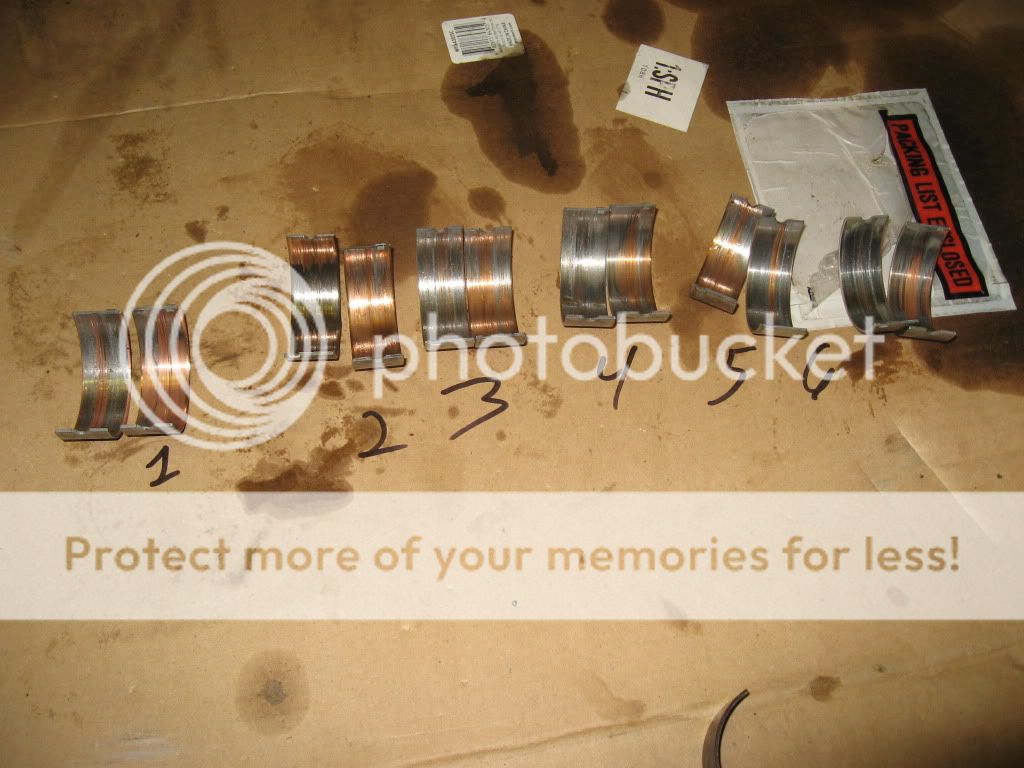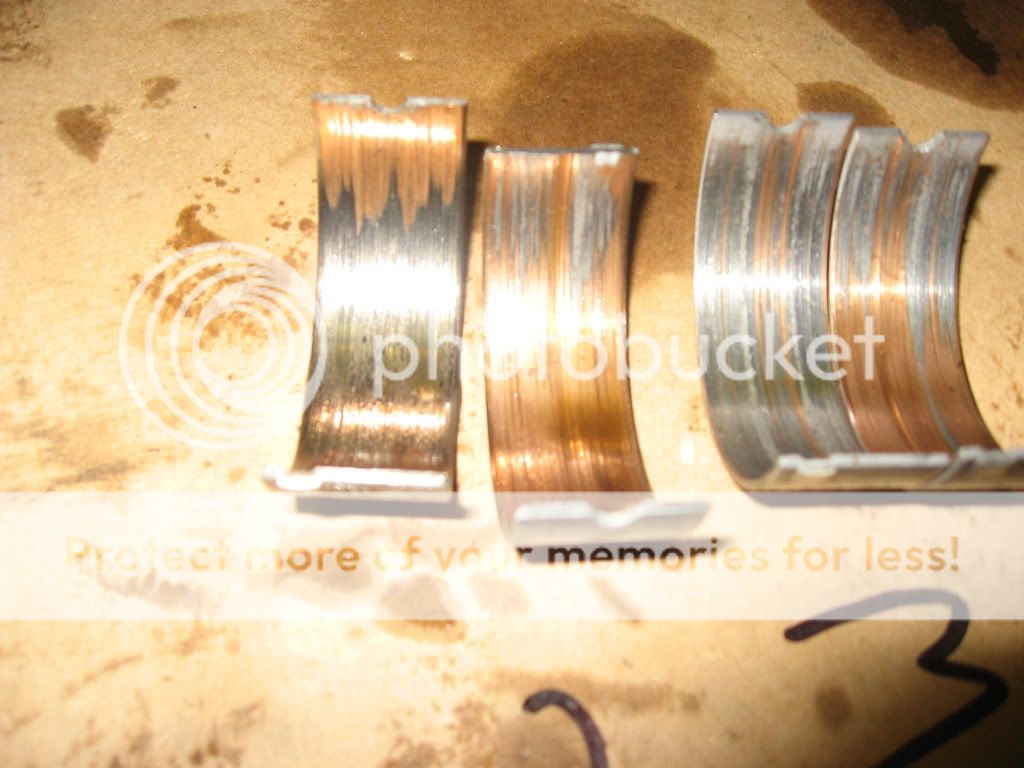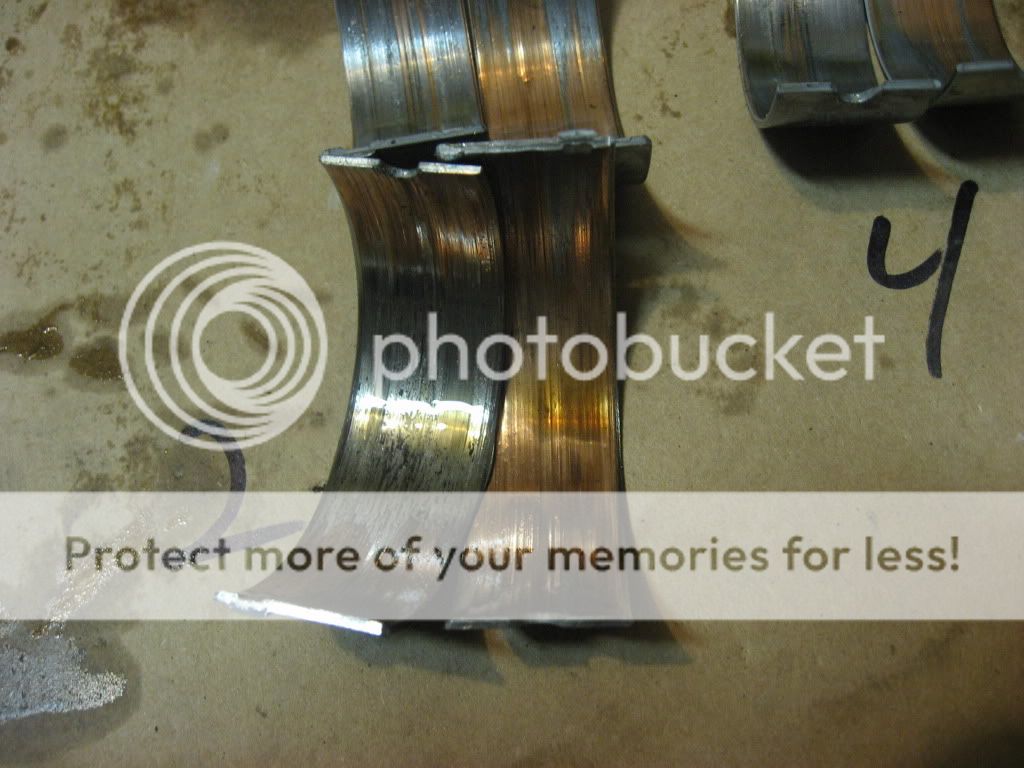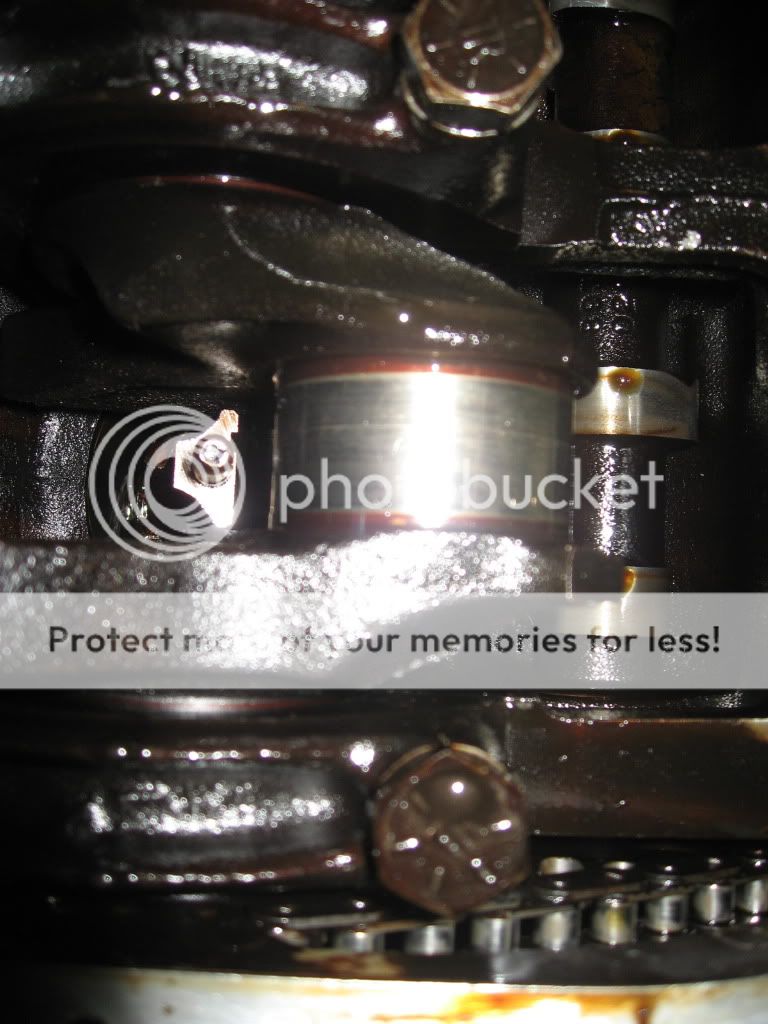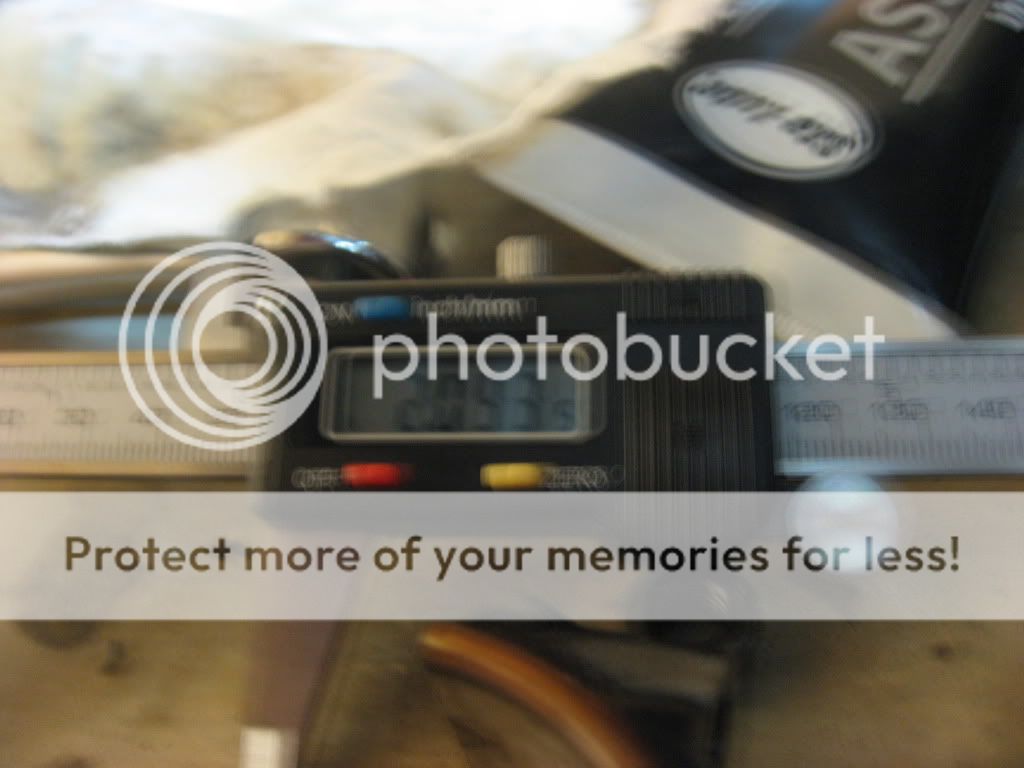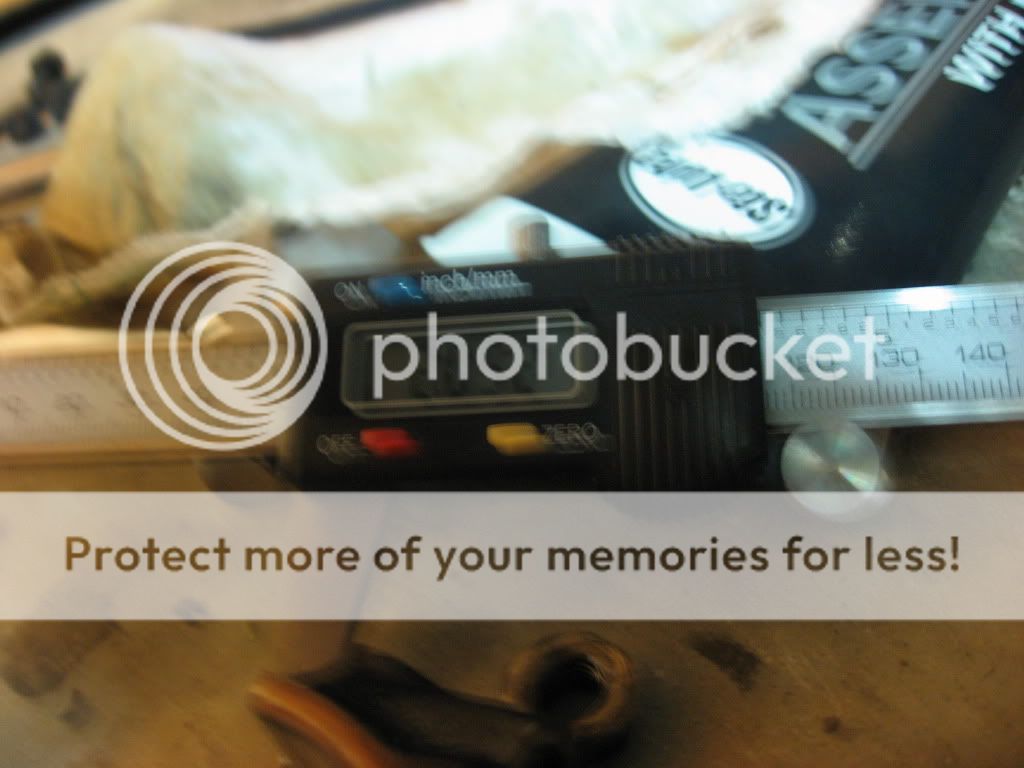stephenspann27
NAXJA Forum User
- Location
- College Station, Tx
I recently replaced the lifters in my jeep.. because of a lot of lifter noise and clatter.. I also replaced the head with a reman head.. much to my dissatisfaction.. after getting it back together.. the same knock/clatter is still there.. it appears to be the bottom end.. and my oil pressure is lower than ever.. I replaced the rod bearings little while back and the old were were not really that bad.. so I assume I have a main bearing or two that are spun... I REALLY don't want to pull the motor and redo all the crap I've been working on for the last month (head replacment).
Has anyone ever removed the tranmission, then replaced the crank from underneath?
Has anyone ever removed the tranmission, then replaced the crank from underneath?

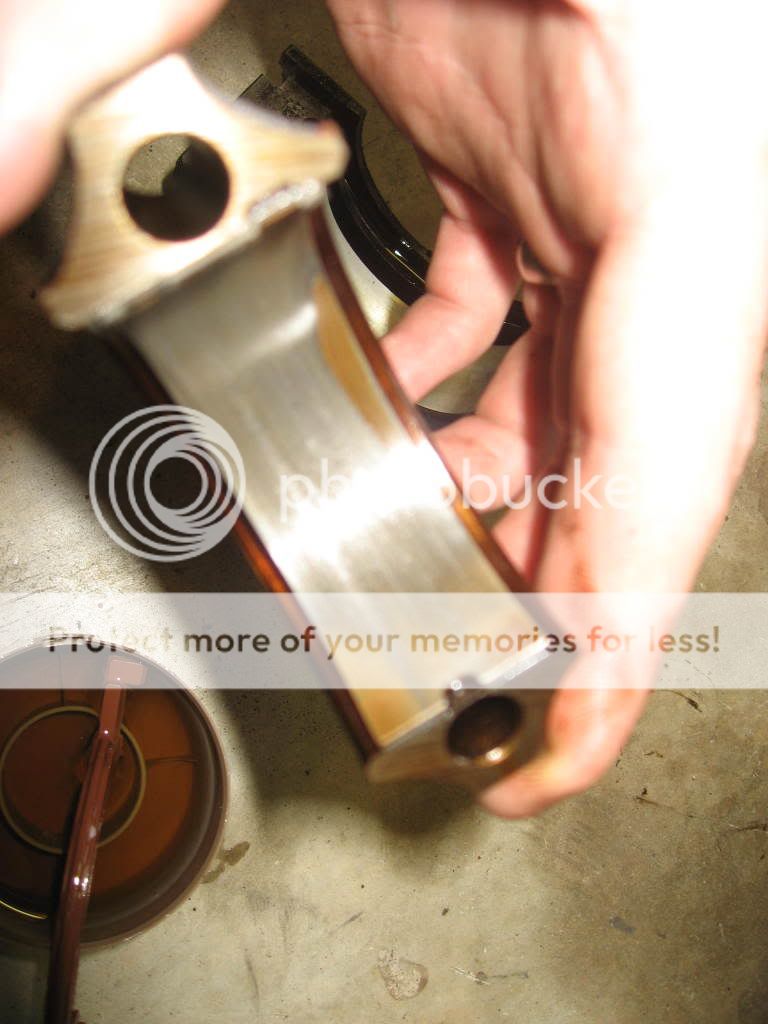
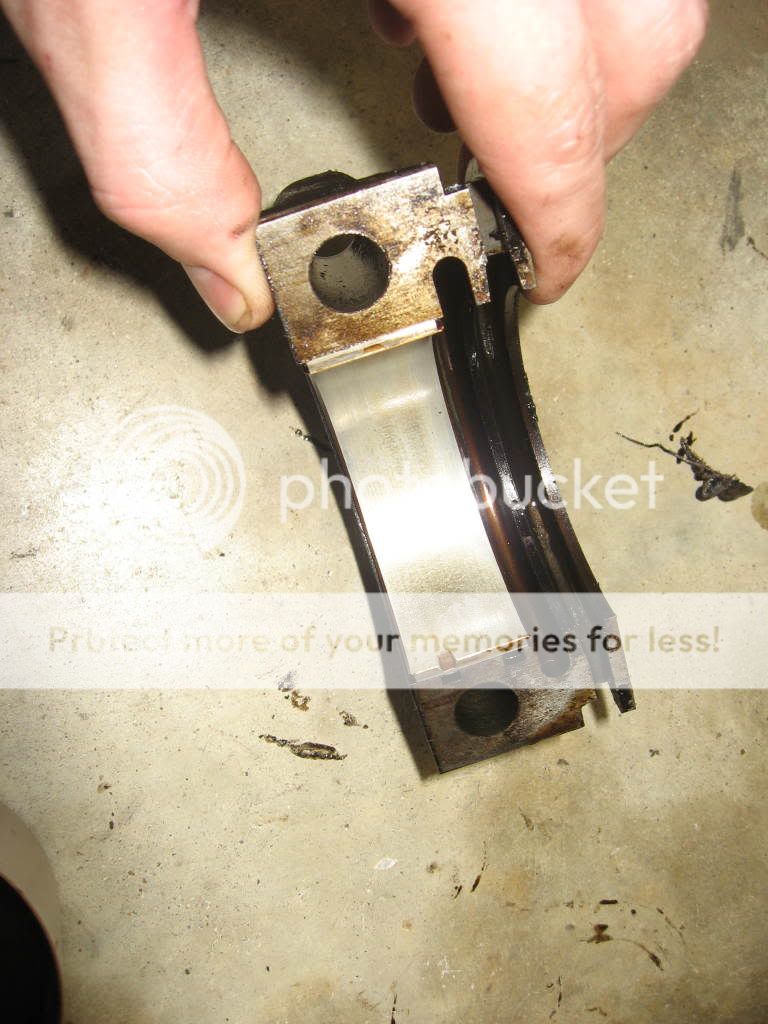
 addy was for Jeep tech and Jeep boards anyhow, and it can handle storing large files until I can get a look at them...
addy was for Jeep tech and Jeep boards anyhow, and it can handle storing large files until I can get a look at them...